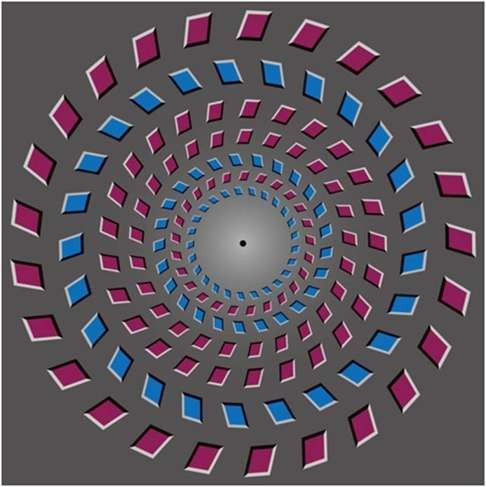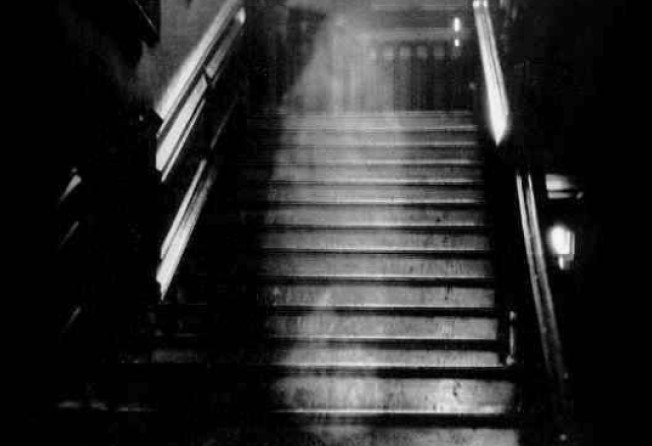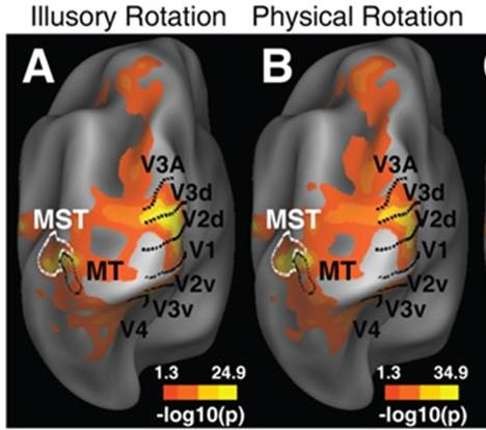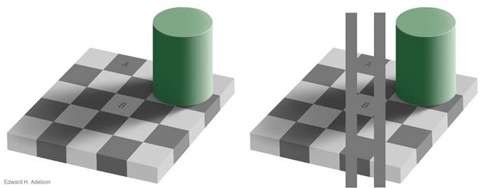
Ever seen a ghost? Blame glitches in your brain, say team of Chinese neurologists citing Pinna illusion tests
Researchers find brain still has ‘bugs’ despite millions of years of evolution

Partial brain failure is the most likely cause of ghost sightings, according to a new study by Chinese neurologists.
Assuming the majority of these are optical illusions rather than visions of the walking dead, a team led by Professor Wang Wei at the Shanghai Institutes for Biological Sciences found that most such sightings occur when the brain misinterprets signals sent from the eyes.
Images appear in the brain after a huge number of photons are collected by millions of receptors in the retina. These are then converted into electrical signals, compressed and sent along nerve fibres to the brain’s visual cortex.
Previous studies have shown that when tiny pieces of information get lost along the way, it can contribute to the occurrence of optical illusions.
The team had over a dozen volunteers look at an image known as the Pinna illusion (explained in the caption above). It was created in the 1990s by Dr Baingio Pinna, a visual scientist and artist from Italy.
Their brain activity was then measured using functional magnetic resonance imaging (fMRI).
Next, the volunteers were asked to sit still as the circles on the card were rotated manually, so the team could analyse whether there were any significant differences in how their brains responded to the stimuli.
The results were initially inconclusive, and not what the neurologists were hoping for. They were unable to detect any anomalies in the brain signals, suggesting that the human brain processes optical illusions and real images in the same way.
However, the volunteers’ scans showed that only one part of their visual cortex - the area of the cerebral cortex responsible for processing visual information - was activated to process the raw visual signals. Known as the medial superior temporal (MST) area, this specialises in dealing with rotational movements.
But to clearly distinguish between the “real” and “false” images, the volunteers would need to have activated a different part of their brain called the middle temporal area, which judges and processes distance, the team said.
This should have been activated when the volunteers moved their heads closer to and further away from the image, but wasn’t, they added.
In effect, this means their brains failed to tell the difference between changes in distance and changes in rotation when processing the visual signals generated by looking at the Pinna illusion.
In other words, they experienced a temporary failure of communication between the eyes and the brain.
The findings suggest the human brain is not perfectly functional but rather still has “bugs” despite millions of years of evolution, the researchers said.
Such weaknesses, comparable to a computer virus, could easily be misinterpreted as a supernatural experience like a ghost sighting, they added.
Others claim this “glitch” could be exploited for other purposes, such as to create more immersive experiences when paired with virtual reality technology pending new breakthroughs.

